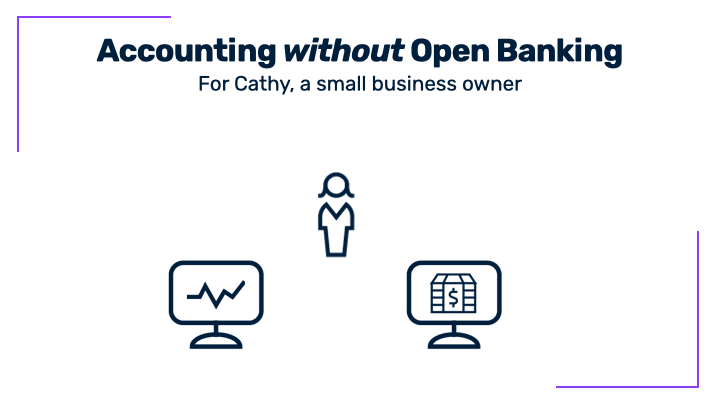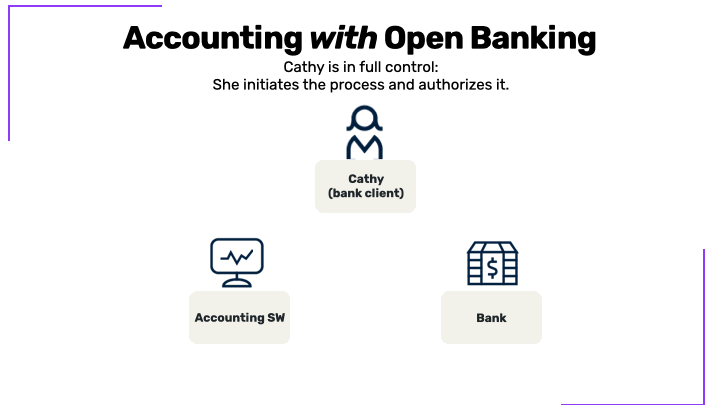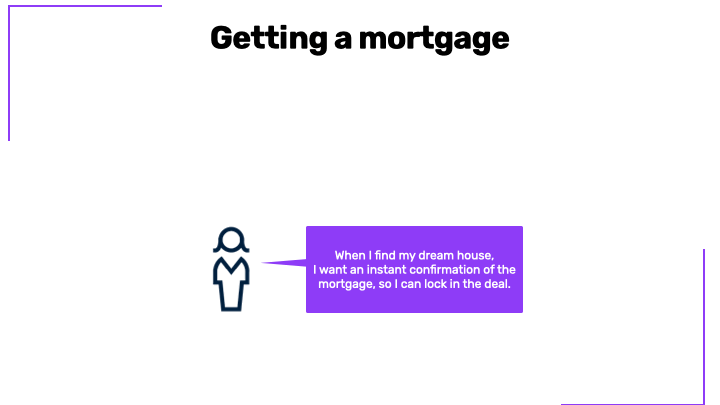Who wins in open banking?
Read part 1 of the open banking API series from Software AG. Learn how both you as a bank and your customers can win with open banking.

As a traditional bank, you are increasingly under pressure to digitally transform your customers’ experiences.
Until recently, if bank customers wanted to use a banking app, they needed to use one provided by their bank – and it was often limited in functionality. Today, digital banks and fintechs offer customers an alternative with innovative, customer-centric technology, and are putting traditional banks under pressure.
Bank customers are interested in using new, innovative apps to manage aspects of their personal finances. There is a range of financial apps out there, including apps that provide a holistic overview of transactions and balances across multiple bank accounts (multi banking), tailored recommendations to optimize finances (PFM – personal financial management) or faster and more seamless processes to get a loan or mortgage approved. These new apps are offered by tech-savvy fintechs and often surpass the functionality, convenience and personalization typically offered by banks’ apps.
As a traditional bank, you might already observe customers switching completely to new digital banks or move a part of their banking activities to digital banks, which offer the above-mentioned new digital services.
But what if app-hungry bank customers didn’t need to switch to a digital bank to use these new services? This is what open banking is all about. If you as a bank participate in the open banking ecosystem, your customers can choose the financial app they like best from the ever-growing range of fintech apps and simply connect it to your bank — the bank they have a long-standing trusted relationship with.
How does open banking work from an end-user perspective?
Open banking supports a number of different use-cases – more than I can cover in this blog, so here are two examples.
Case 1:
Cathy and the accounting software
Cathy is a small business owner. She does the accounting for her business with a web-based accounting software. She spends a lot of time copying transaction data from her online banking software to her accounting software.
How can open banking help Cathy?


Cathy’s accounting software supports open banking. She instructs it to sync with her bank account number 1234. The accounting software requests access to account 1234 from Cathy’s bank. As a precaution, the bank asks Cathy if she really wants to share her transaction data with the accounting software – and asks her to digitally prove her identity by logging in to her bank. After this one-time setup, the data flows periodically from the bank to the accounting software. Cathy’s accounting software is always up to date – automatically.


Case 2:
Cindy and the mortgage
Cindy is in the process of buying a home, but it is not easy to find one she really likes. When she finds her dream house, she wants an instant confirmation of the mortgage, so she can lock that deal in with the seller.


How can open banking help Cindy?
Cindy found a mortgage with a low rate offered by fintech XYZ. To assure eligibility, the fintech runs an affordability check based on the transaction history of her bank account. The fintech requests transaction data from Cindy’s bank. The bank asks Cindy to authenticate and confirm the data sharing. The bank can then share the data with the fintech, which crunches the numbers. This takes start to finish only a couple of seconds, the fintech provides an instant go/no-go result.


Open banking – strategically important for banks
Open banking can make life easier for a bank’s customers. But why is open banking strategically interesting for banks? Won’t banks need to give up a lot of their control?
As a bank, you need to react to the customers’ demand for new digital solutions. You have a couple of options:
- You can stay with the existing bank-provided digital channels only, with mobile apps and web apps provided by the bank – no innovative fintech apps allowed. Since customers expect more, this option risks sending your customers into the arms of digital banks, neo banks or a big tech banking offer.
- You can develop several new digital offers yourself. But this option has certain risks and costs – it is likely prohibitively expensive and more risky from an innovation perspective than risk appetite permits.
- You can work with a broad range of fintech partners, who develop digital products. As a bank, you provide the data via open banking APIs to the partner – the partner provides the innovative digital solutions that customers are looking for, as we have seen in case 1 and 2 above. The partner’s digital solutions simply use the bank’s open banking APIs.
Option C is the open banking model. It has an attractive trade-off with limited costs for the banks, low risks shouldered by the bank, and it still allows customers to get the digital solutions they want. The digital solutions provided by fintech partners are not a threat – but they provide a moat for you as an incumbent bank, allowing you to ward off attacks by digital banks, neo banks or a big tech banking offer.
Summary
Open banking is great for banking customers and banks alike, making it a WIN-WIN proposition. Banking customers win, as they can use the new apps they want and need, and you as a bank win by keeping your digitally most-demanding customers without having to fund, develop, and offer a plethora of innovative apps yourselves.
But there is more to unpack – stay tuned for part 2 of our open banking series – “How open banking ecosystems emerge.”
Click below to learn how Software AG can help your organization with open banking…
Related posts: